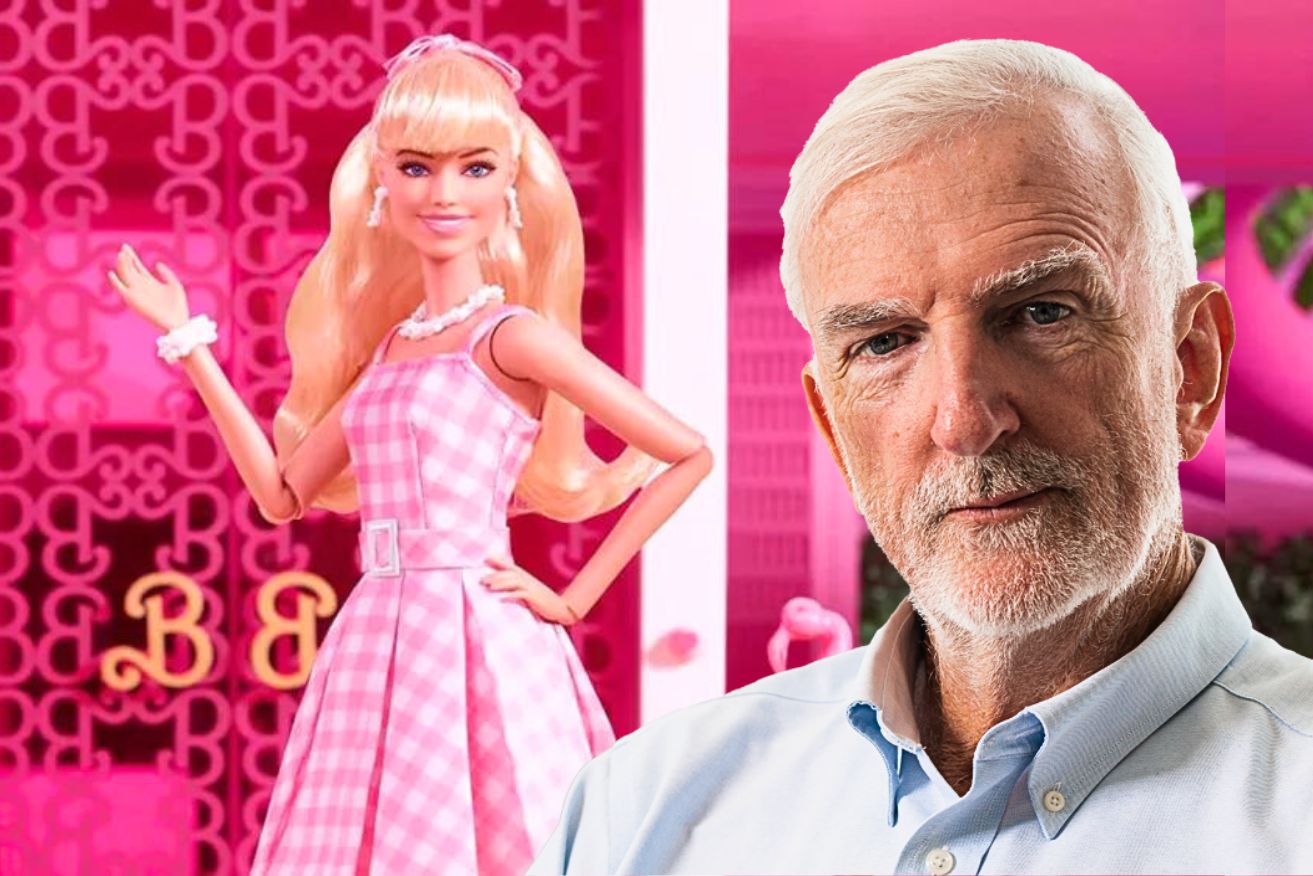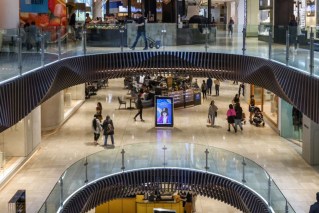Michael Pascoe: What Barbienomics says about manufacturing populism


Despite all the headlines, the federal government might not actually be spending $1 billion on subsidising the manufacture of solar panels – but it is still looking guilty of ignoring the basic lesson of Barbienomics.
The Prime Minister and the Treasurer have given themselves plenty of wriggle room in their speeches and interviews geeing up renewed manufacturing populism/protectionism.
Oh, sorry, I’m showing my age. We’re not supposed to use that word any more.
“This is not old-fashioned protectionism or isolationism – it is the new competition,” Mr Albanese has declared.
And some nefarious characters threw paint over Bold Personality and called it Fine Cotton for a race at Eagle Farm once, but the horse was still Bold Personality.
Protectionism back in the race
No matter how hard the Prime Minister rides New Competition towards the election finishing post in 13 months, it will still be Protectionism. The question to ask is how good, bad or indifferent will be Protectionism’s performance.
From the lesson of Covid, there’s a decent argument that subsidising the ability to manufacture mRNA vaccines in Australia is worthwhile protectionism. There could again be a genuine supply chain crisis and we already have a medical research ecosystem to both support and grow from that manufacturing.
Simply subsidising a factory in a Labor electorate to make solar panels, on the other hand, would be just dumb, wasteful and embarrassing. Not that such a thing is actually being proposed. I’ll come back to that.
The immediate worry about New Competition – aside from the naff Morrison-esque “Future Made in Australia” slogan – is that the paint job being applied to it suggests justification of more of the latter example than the former.
How Barbienomics works
Time to retell the story of Barbienomics.
I’ve sat through a vast number of presentations at various conferences over the decades. Professor Michael Enright explaining Barbienomics at an AICD conference in Shanghai in 2007 was one of the most memorable – and a great deal better than the movie despite Margot Robbie’s involvement.
At the time, American protectionists had whipped themselves into a state about all the toys being made in China. One of Professor Enright’s post-grad students was working at a factory making Barbie dolls for Mattel and broke down where the value was in a Barbie when it was purchased from an American store.
In rough numbers, the brand – Mattel’s trade mark, the Barbie name and design, the intellectual property – captured 40 per cent of the value. The retailer grabbed another 40 per cent. Parts and materials accounted for about 10 per cent. Logistics, moving Barbie from the factory to the shop, took six or seven per cent, leaving just three or four per cent for the assembly.
Displayed as a graph with a smiling Barbie, the plastic doll effectively asked an obvious question: Which part of the value capture is most worth having? Which part least?
It is manufacturing populism to promote the idea that there is something inherently more valuable about producing something you can drop on your foot.
Priorities needed
It is particularly risible manufacturing populism to paint Protectionism as wonderful because it will “create” jobs. Firstly, because we already have a worker shortage, not a jobs shortage; secondly, because the money spent subsidising one job isn’t being spent on something else that would also would mean employment.
If the government was silly enough to spend a billion dollars subsidising a solar panel factory, that is a billion not being spent on solving the problem of not having enough nurses/childcare/aged-care workers. It’s not as if Jim Chalmers has a bottomless pot of cash, as he has been telling ministers in the lead up to next month’s budget.
It also is part of the normal pattern of a country getting richer that the manufacturing sector proportionately shrinks and the service sector swells. A country that has natural advantages, as Australia does, tends to play to those advantages and becomes world best practice within those fields.
It is Labor Party romanticism to don rose-coloured glasses and wax lyrical about well-paid (union-member) manufacturing jobs. Worse than that, it’s an echo of Joe Biden’s justification for plunging the US deep into old-fashioned protection under a variety of euphemisms even worse than New Competition.
Of the 10 biggest Australian-headquartered companies by market capitalisation, two can be called manufacturers – the global biotechnology company, CSL, and Atlassian, which “manufactures” software.
Both of necessity are international companies. To be successful in highly competitive fields, they have to be.
Stick to winning formula
The economy overall benefits when we do what we are best at, redistribute the winnings wisely, and make the most of what other countries are best at.
As for the Prime Minister’s claim that we have to get aboard Protectionism because everyone else is riding it, I would trust his mother at some stage asked him if he would jump off the Harbour Bridge just because everyone else was jumping off the Harbour Bridge.
(And a similar argument applies to those who try to defend Labor’s factory subsidies rhetoric by pointing to our absurd fossil fuel subsidies – both are execrable.)
And there’s the matter of some countries being able – or thinking they are able – to afford the extra expense protection tends to impose on their population.
The US is big, rich and so far gone down the multi-trillion-dollar debt hole, another trillion hardly matters – as long as the greenback remains the global reserve currency.
China also is big, rich, self-financing and a control economy to boot, meaning the government can make whatever strategic subsidies it likes.
Australia is middle order and trade exposed, needing to make the most of its opportunities and invest wisely, not through nostalgia.
Balance in the budget
The danger of allocating billions of dollars in the budget to be spent on Protectionism’s hay is that, once allocated, ways will be found to spend it regardless of merit.
Any such spending should be very clearly strategic, like making mRNA vaccines, not to promise jobs in select electorates.
Which is why the fine print of the “billion dollars to make solar panels” story holds out some hope.
The Australian Renewable Energy Agency (ARENA) has the job of making sense of how the money will be spent. While welcoming the cash, it was careful to stress research and innovation across “the entire supply chain”.
If ARENA is both smart and disciplined enough to keep political pressure at bay, no money might go to subsidising a factory making solar panels much more expensively than what’s readily available from China, but instead find a home in niches capturing real value.
It would be good to have a copy of that Barbienomics chart permanently on display in the boardroom.








